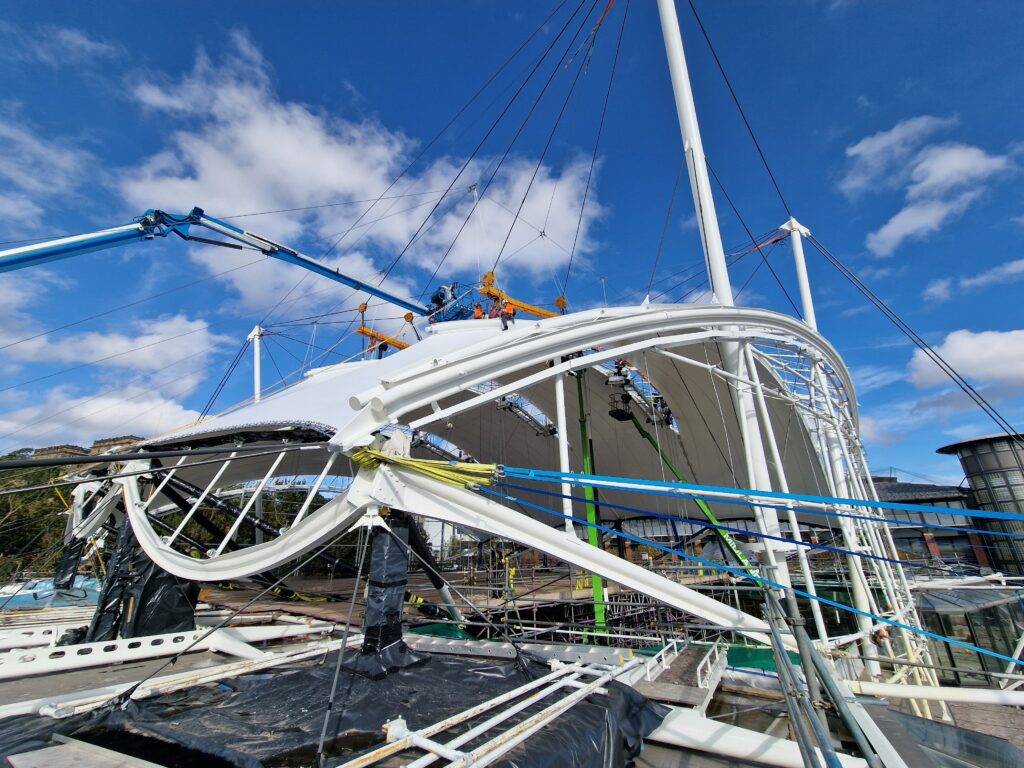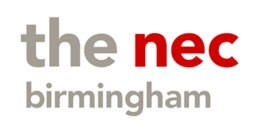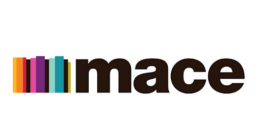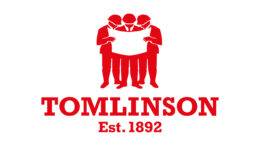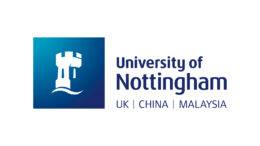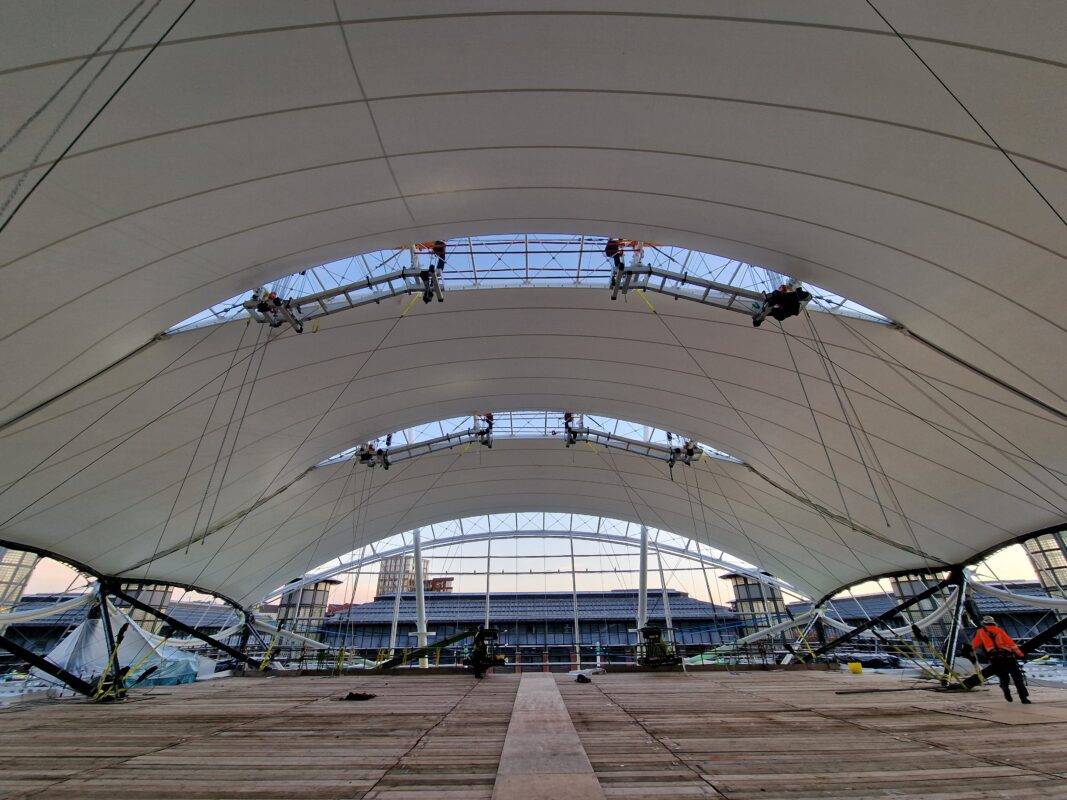
The Castle Meadow roof replacement project at the University of Nottingham was one of the most technically challenging jobs we’ve taken on in recent years. For this behind the scenes blog post, we’ve spoken to our Director and Project Manager Fraser Shirley, to find out more about how our expert team tackled the challenge. You can read our full case study here.
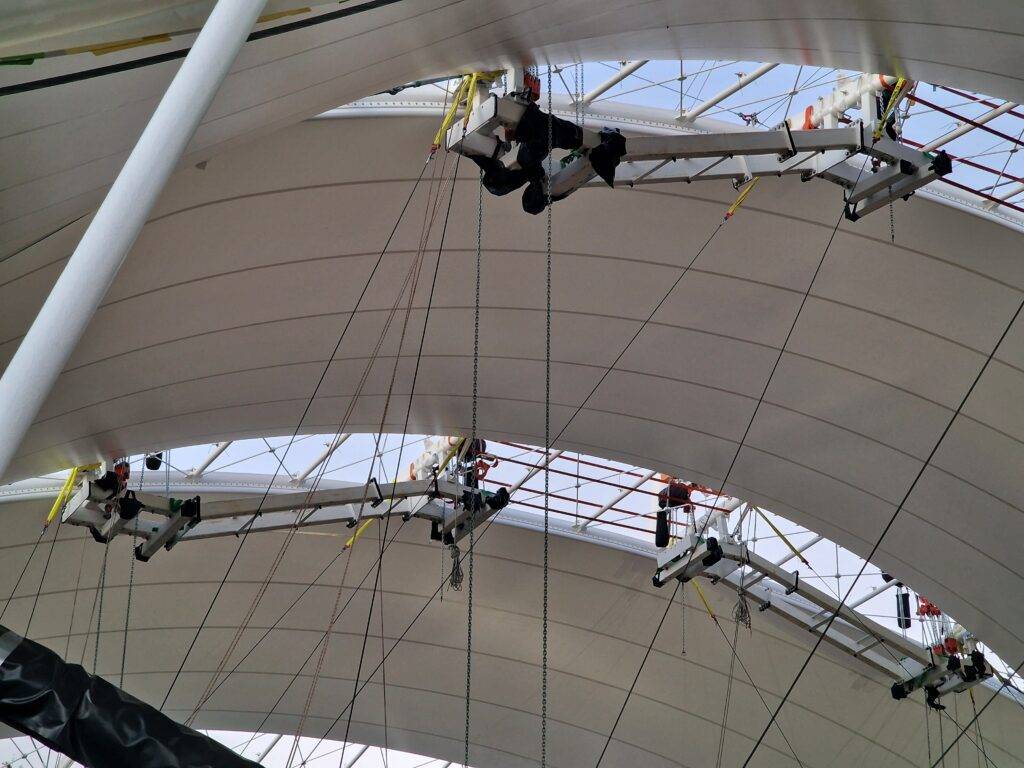
This project involved replacing what’s described as ‘one of the most complex roof structures in Europe.’ Could you walk us through your initial reaction when you saw the brief and how the team approached tackling such an unconventional and sensitive challenge?
When we first got confirmation of the project, my jaw genuinely dropped. I still remember the look our Installations Manager, Duncan Baird, and I exchanged. Half disbelief, half “yes, we are really going to do this!” It was daunting, to say the least.
Once the initial shock wore off, we felt excited to take the project on, and we knew the way forward was to immerse ourselves in the challenge. Our installations team spent significant time on site, carefully assessing how this monumental task could be achieved. Their engagement at an early stage was critical. After all, they were the ones who would ultimately deliver it on site.
From there, we worked meticulously with our engineers at Tensys Ltd, spending months refining the methodology, testing ideas, and problem-solving every detail. What at first felt impossible gradually became something we were confident we could achieve, thanks to the collective effort and determination of everyone involved.
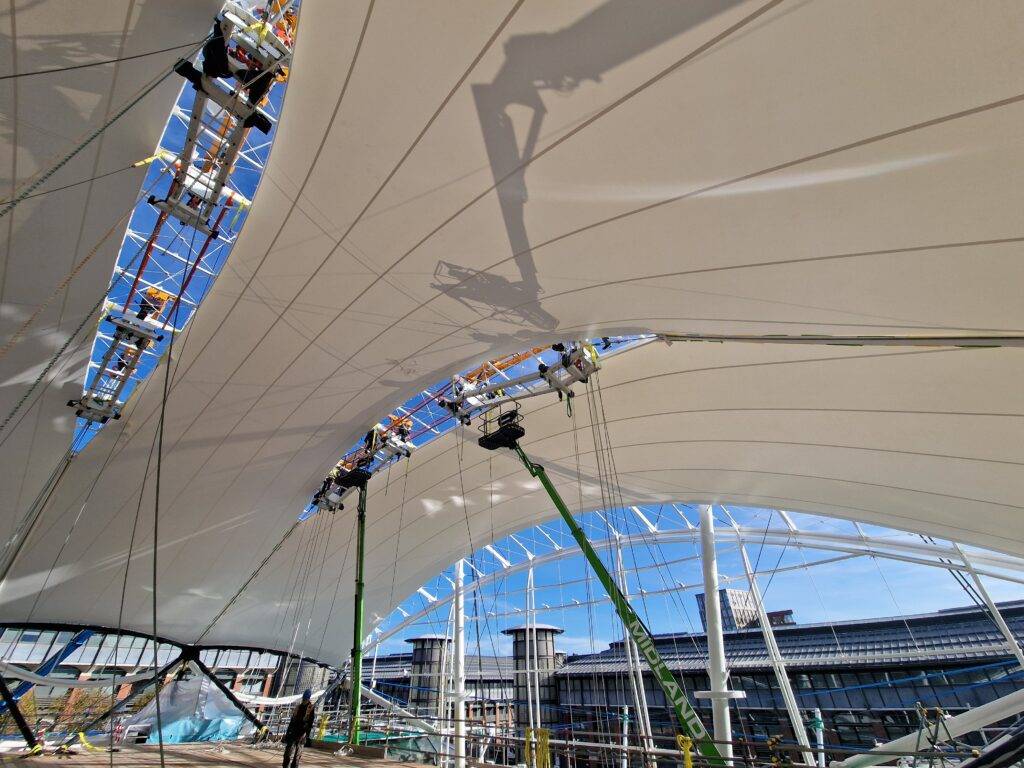
The project involved some specialist and complex techniques to complete the job. What was the most critical technical challenge during this phase, and how did the team’s skills and collaboration with other teams help overcome it?
We had a good idea of how the works might be carried out thanks to photographs from the original installation. But when we studied them, our immediate thought was, “surely there must be an easier way to do this?”
The roof is supported by five ladder trusses, or oculi. Two are fixed at either end, while the three in the middle are “floating,” suspended by a complex tierod system spanning the entire structure and fixed to four corner masts. To detension the fabric roof, those three central oculi had to be lowered onto a purpose-built scaffold deck inside the building. That required bespoke spreader beams above and lifting beams below each oculi – twelve beams in total. The spreaders themselves had to be designed in five sections to carefully fit around the tierod system, which had to remain in place throughout. Because the fabric, tierods, and steel superstructure were all structurally interdependent, we had to keep that delicate balance intact while removing one of its key components: the fabric roof.
The lowering and lifting operation was painstakingly precise. Each oculi had to be lowered in 100mm increments, following a strict sequence. Even the slightest deviation risked overloading the highly sensitive tierod system above. To safeguard against this, we employed twelve load cells, one on each of the hanger rods, constantly monitoring the loads to ensure the structure’s limits were never exceeded.
A huge amount of credit goes to James Avis, our Technical Operations Manager at Base, who set up and oversaw this incredibly complex process.
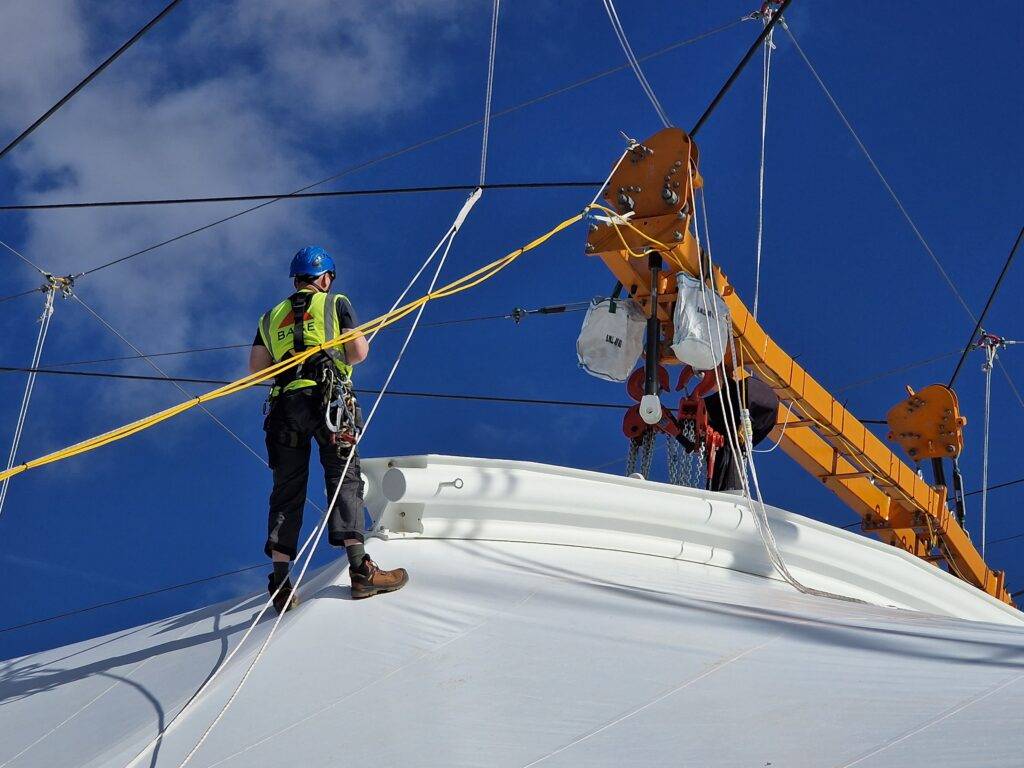
You say that the roof’s age and historic significance made the task uniquely complex. What drove Base Structures to take on this project and how did that commitment to preservation and innovation shape your team’s approach?
What drove us was the significance of the roof itself, both as a pioneering piece of engineering and as an architectural landmark. It would have been easy to walk away, as others had, but we felt a responsibility to preserve it.
Andy Traynor, our Managing Director, was clear from the outset that Base could deliver this, and that belief carried through and motivated the whole team. Our approach was about respecting the original design while applying modern techniques to make the process safer and more efficient.
And while this was uniquely complex, Base has never shied away from challenging projects and our portfolio proves that, from Up at the O2 to Zaha Hadid’s Maths Gallery at the Science Museum. We’ve also got some other incredible projects currently on site too, so watch this space.
Can you share a specific moment during the project where you felt proud of how your team responded under pressure?”
Two moments really stand out. The first was safely getting the old canopy down, a huge milestone after months of planning and careful execution. The second was lifting and tensioning the new canopy, which demanded the same level of precision and focus.
Both operations being completed safely, and the finished product looking perfect, was a huge relief. There were no second chances here, and the fact that our site team, led by the vastly experienced Nick Crocker, delivered it so diligently made me incredibly proud.
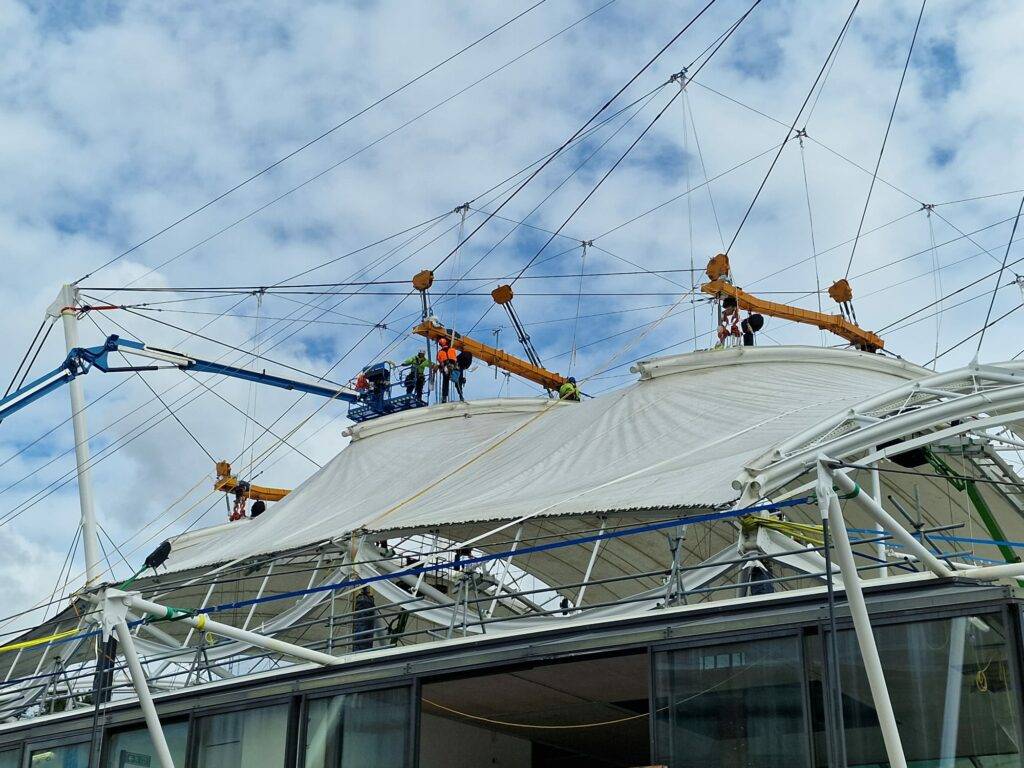
Now that the new roof is complete, preserving the building’s architectural legacy, what lessons from this project do you think will stay with your team and how might they influence future projects?
The biggest lesson was the importance of belief and perseverance. At the start, even convincing ourselves it could be done was a challenge. Once the team understood the structure and committed to the vision, we proved what was possible.
Above all, it reinforced that when a building is truly special, it’s worth the effort to preserve it. I hope it inspires future generations to appreciate both innovation and conservation, and to see that with vision and commitment, we can continue to reimagine and reuse our architectural heritage rather than discard it. There are many remarkable tensegrity structures now reaching the end of their natural life, and we hope this mindset will guide their future. When that time comes, Base is the company to deliver.
